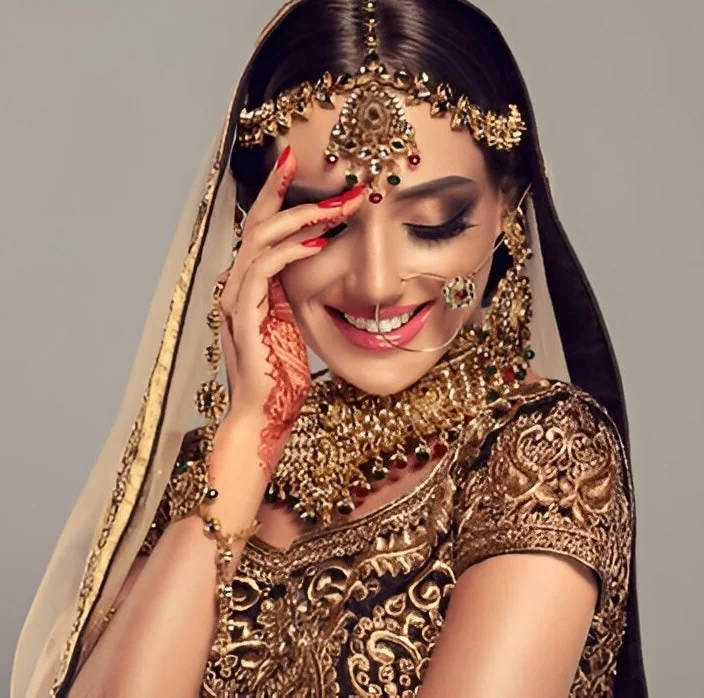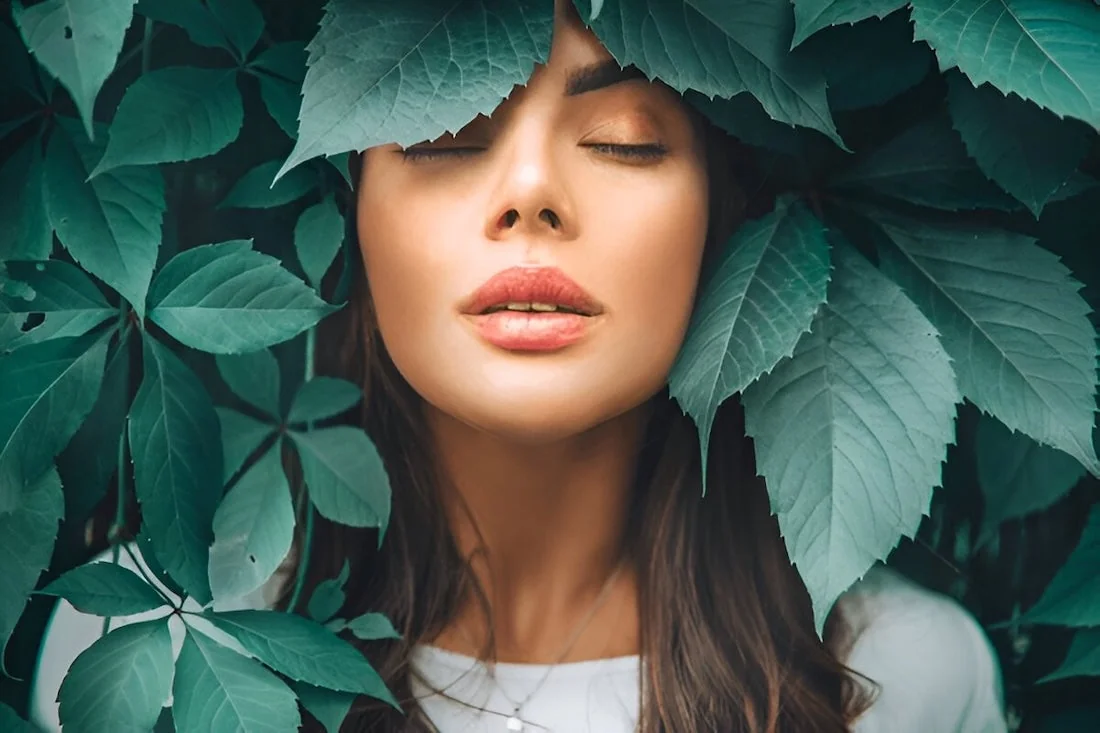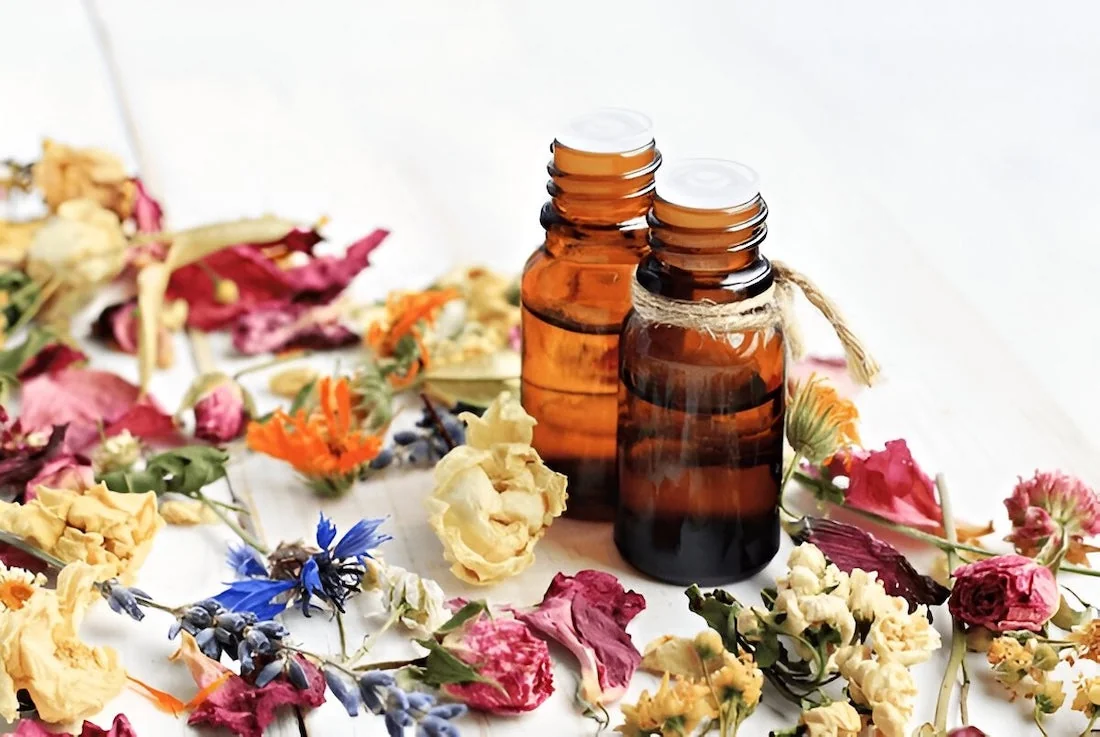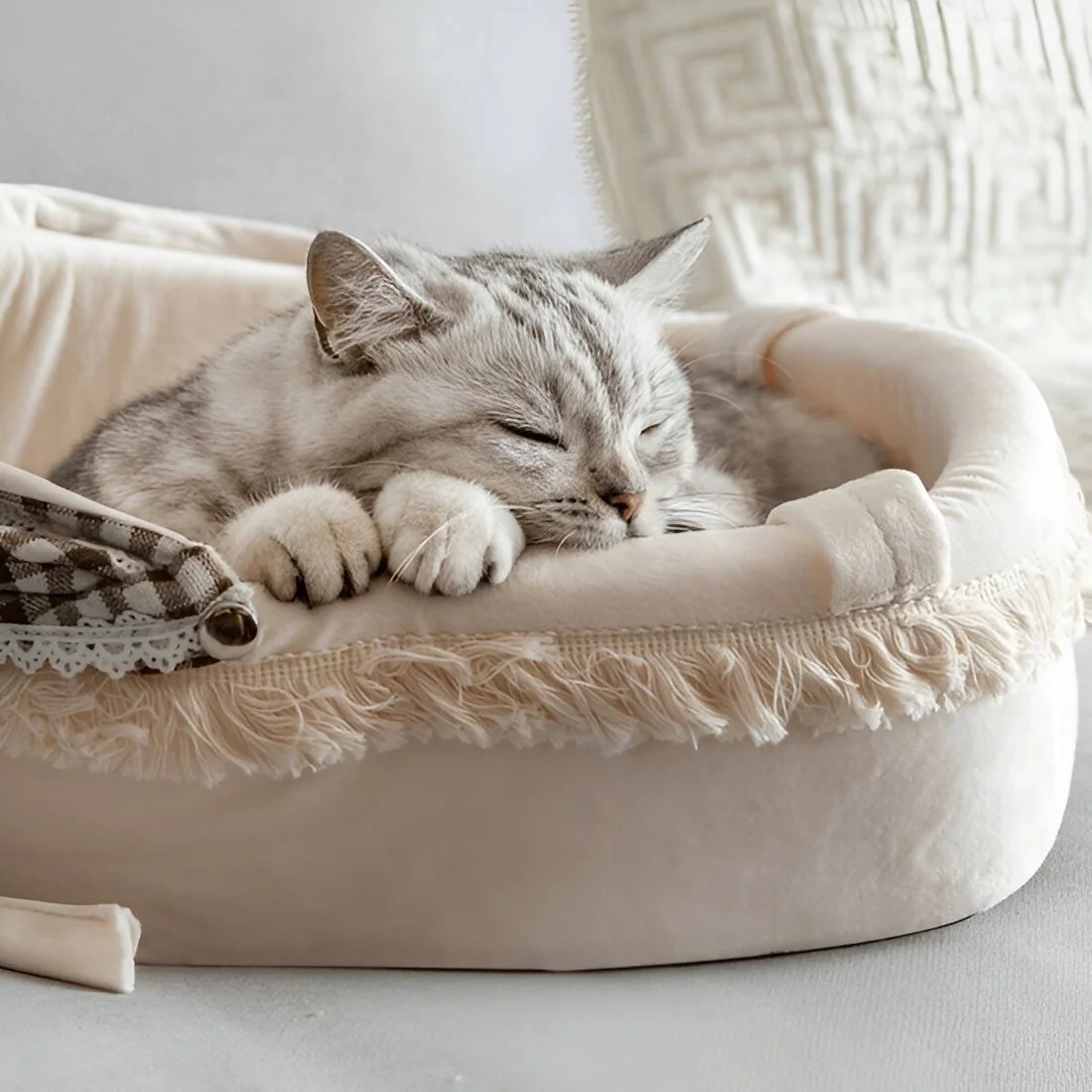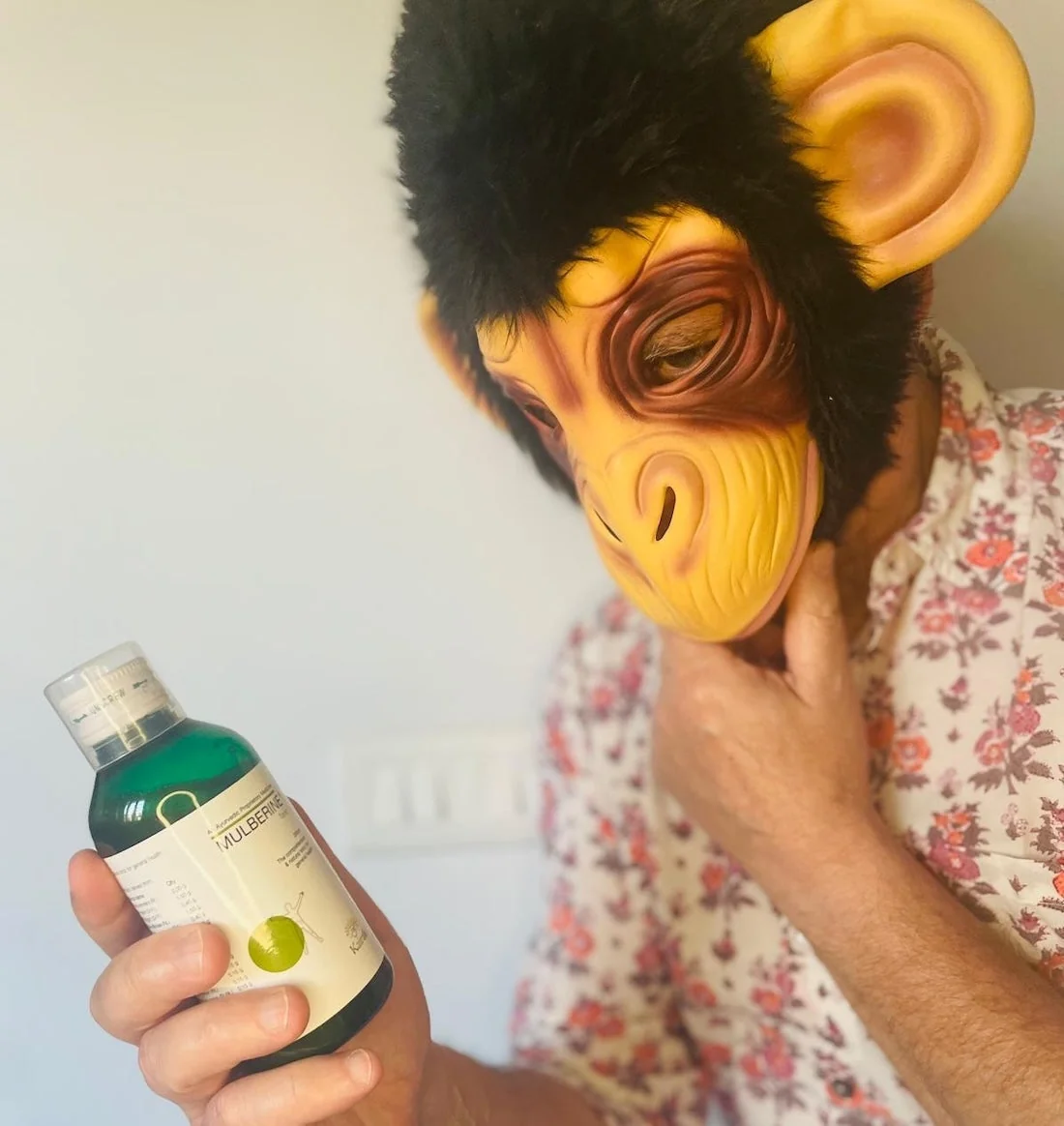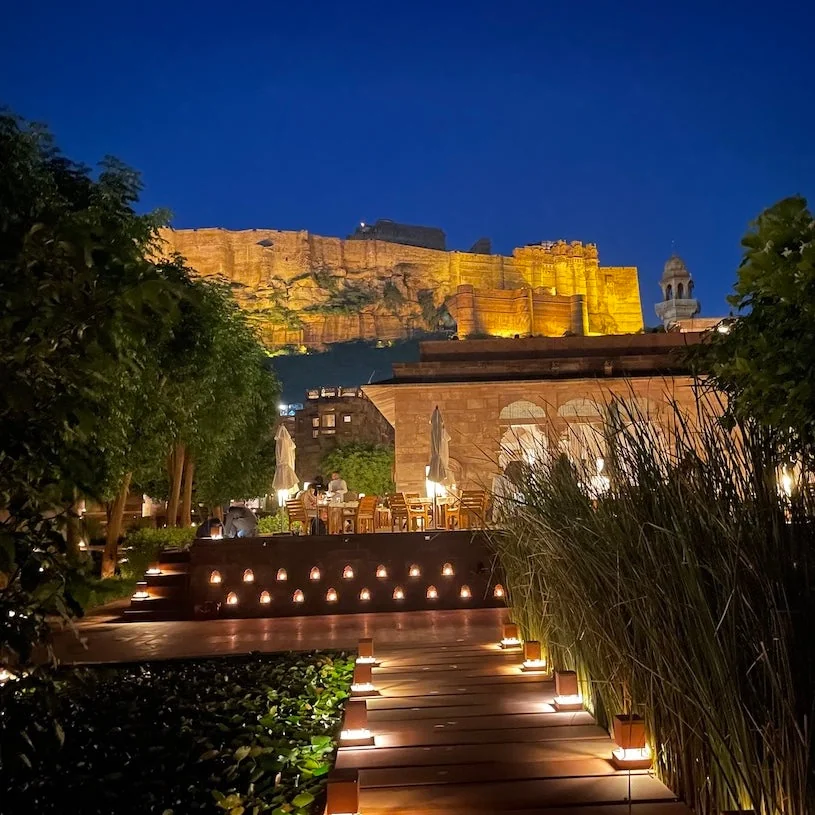Weaving Traditions
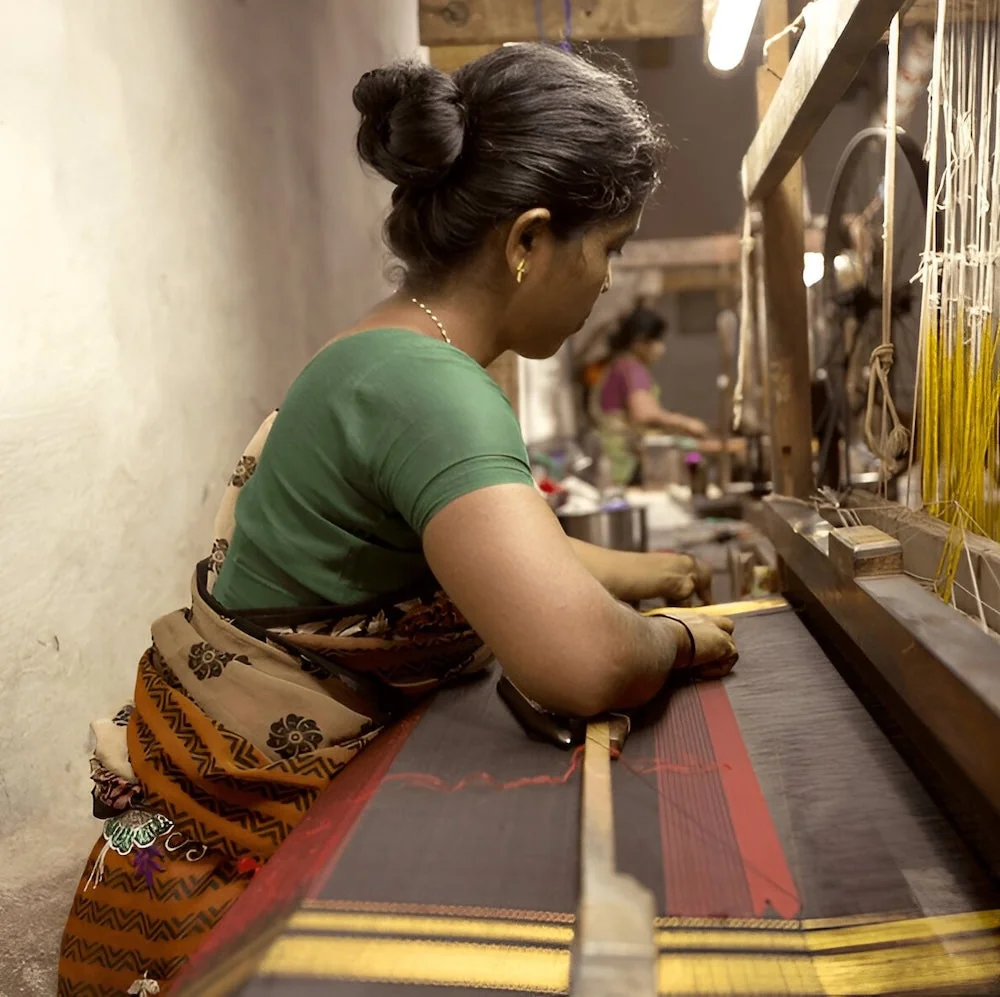
Weaving Traditions: The Artisans Behind India’s Timeless Textiles

Indian fabric techniques have long been a history of unrivaled virtuosity and everlasting beauty. Every thread echoes a tale, every cloth upholds an essence, and every item epitomizes the effort put in by skilled workers who have dedicated their lifetimes to perfecting the art. They are the weavers of destiny, the artists of India who create wonders with their hands, and who are the creators of the country’s textile history.
This blog is a tribute to the artisans behind India’s timeless textiles, their challenges, and how we can preserve this heritage for future generations.
The Indian Artistry of Textiles: A Narrative of Tradition

Many fabrics originate from India, each with its specific craft, place, and story. The history of India’s textiles goes back to the intricate Chikankari embroidery craft of Lucknow, the Bandhani of Gujarat, and the silks of Varanasi. These go far beyond being textiles; they have deep roots in the culture and embody stories of different regions and their evolution.
However, the real heroes throughout this journey have often gone unnoticed: the artisans who produce gorgeous textiles.
Stories Woven in Threads
-
Chikankari: Beautiful Embroidery To Adorn Clothes

It originates from Lucknow and involves hand embroidery of fabrics, which converts the cloth into a work of art. Skilled artisans have devoted years of their lives to mastering this ancient form of embroidery, which features floral and geometric designs. This type of embroidery also features intricate stitches that reflect the imagination and skill of the artist who created the image.
Add a touch of sophistication to your wardrobe with artisanal elegance. Explore Our apparel here.
2. Bandhani: A Celebration With Every Knot

Bandhani is a form of tie-dye found in Gujarat and Rajasthan, which are known for their gaiety. During this process, artisans carefully attach knots to the cloth before dyeing it to create stunning graphics that capture the essence of many joyous occasions. A single Bandhani piece can represent that creativity and leave an impression on the artisan.
3. Banarasi Silk: A Cutting Edge of Luxury

Banarasi silk is a fabric that is unrivaled for its splendor in terms of luxury. Banarasi silk sarees embellished with exquisite zari work are a common sight at Indian weddings and festivals. These stunning works of art are made by the weavers in Varanasi who engrave their love and talent into every inch of the work, some of which can take weeks to even months to finish.
Complete your traditional look with handcrafted jewelry. Shop necklaces and earrings here.
4. Kalamkari: Fabrics that Speak

Kalamkari translates as ‘kalam,’ meaning pen, and ‘kari,’ meaning craft. It is a time-honored technique that uses organic dyes to hand paint or block print marks onto clothes. Every piece of Kalamkari has a narrative, which encompasses painting and a sprinkle of mythology, plants, or animals, making it artistic and traditional as well.
The Artisans: Servants of History and Traditions

Today, artisans face numerous challenges, including a lack of salary or low pay and being overtaken by machinery-produced textiles despite their skills. Sattva Best of India’s platforms are crucial for these people as they ensure fair payment and a worldwide reach for these communities.
Therefore, purchasing an artisan product allows you to not only experience Indian culture but also help the skilled people who live there survive.
Working Together to Conserve India’s Textile Traditions
In order to save India’s textile history from extinction, the support of everyone will be required. Here are some ways you can help to nurture and protect this legacy:
- Invest in Artisan-Made Products: Do not settle for machine-made textiles. Buy clothes that are hand-made and unique.
- Educate: Talk to your people about the life of these artisans and the reasons why they do what they do.
- Promote Fair Trade: Look for brands that promote the technical sourcing of materials and fair remuneration for artisans.
Transform your home with timeless decor. Explore our collection of handcrafted home decor.
FAQs
-
What do we consider unique about Indian textiles?
The Indian textile industry is globally viewed as one that comprises a wide range of textiles, a unique specialization, great craftsmanship, and highly ethnocentric elements. -
How do I know if the textile is handmade?
They will have irregularities within their pattern and surface texture, which is a mark of the hand process. Uniformity is characteristic of machine-made handloom textiles. -
Why do handmade textiles cost more than factory-made?
The requirement of expert hands and time with good quality materials raises their price. Hence, the fabric is sold at a higher price. -
What fashion do I recommend wearing with Indian textiles?
Wear fleeting but essential Indian textiles like Banarasi silk sarees, using Chikankari kurtas or simply Bandhani dupattas. -
Where can I buy Indian textiles online?
Sattva Best of India is a great platform for buying handcrafted textiles, jewelry, and decor. - If you are interested in the Indian manufacturing tradition regarding Kundan Jewelry, check this post: Kundan Necklaces.


